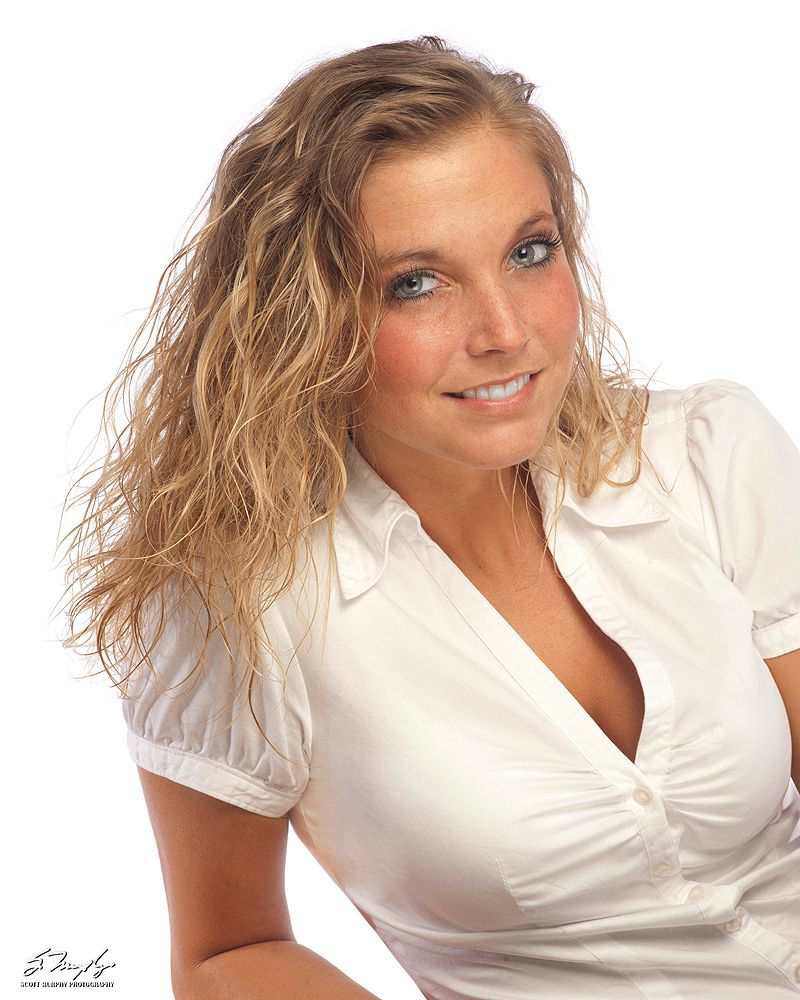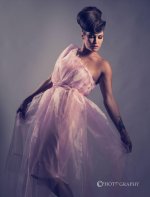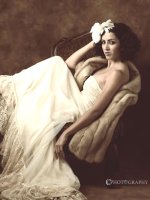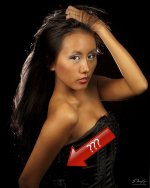For that budget, youre budget is tight. personally, I would go speedlights with wireless slaves and not look back. I had 1200 w/s studio flashes so I have a lot of studio experience and had all the gear.
On the cheap and very versatile.
-stands. so much to choose from. dont go cheap on these. they need to have some mass to them.
-backdrops. had muslin canvas with blue and brown and that was what I had. paper? Ill let you decide.
-flashes-these will be your biggest spending and im going to suggest speedlights. save your money. with film, a lot of power was necessary. today I dont shoot less than iso 800 unless its outdoors in intense light where the shutter is maxing at 1/8000 because I shoot pretty open.
YongNuo YN-560 III ? Review ? Changing the Game | FLASH HAVOC
https://www.youtube.com/watch?v=LYkHSfmNRpQ
youre welcome. not sure what f-stop you plan to shoot. personally, I shoot
up to f/4.5 for the shorter DOF. it will do f/16 without an issue at 1m at 100iso at full power and about 2.5 sec recycle time. so, if you need more power than this then get 2. get a dual flash bracket for less than 10 bucks from ebay and mount them together in a sofbox. they sell for $70shipped. tons of pros in the wedding field use these, including me and my best friend in weddings. I sold my studio flashes and I would never buy a studio flash again. I see no need for it.
-take a look at this flash
GODOX V850 VING ? Lithium-Ion Flash Review | FLASH HAVOC
I might get 3 of these at the end of the year just because I like the battery pack. very fast to recycle as well. 1.5 secs at full power!! $120 shipped
-softbox there you go
Pro 60cm x 90cm 24"x35" Umbrella Softbox Brolly Reflector for Flash Speedlite | eBay
-dual flash bracket (if you need it. personally I never used my flash at 1/2 power-no need for my uses)
Universal Dual Flash Bracket One to Two Switcher Holder Bar Metal 1 4" Mount NN | eBay
-bracket to mount the flash. take your pick. you can just type flash bracket and go through the prices and find that specific bracket for the least price and go with that. get 2-3 extra because theyre cheap and get lost easily.
Sale Flash Speedlite Umbrella Hole Ball Mount Stand Bracket Holder Hot Shoe | eBay
E Type Flash Shoe Umbrella Holder Light Stand Bracket for 1 4" 3 8" DSLR Camera | eBay (metal alloy body)
most amateurs just do a basic 2:1 ratio lighting setup. meaning one light is the main and the fill is giving half the amount of the main. for truly pro portraits, I would use 4-5 lights if I wanted something that will stand out form the rest. and thats what you want at the end. that your pics stands out from the rest.
get another stand and either get a reflector for the fill side or maybe a beauty dish. in studio photography there are so many different looks. I cant tell you whats good for you.
and get 2 other stands and speedlights and use one for a hair light. you can also find a speedlight grid on ebay for cheap which youll need to focus the light on her hair neck.
and the other flash speedlight would be for the backdrop light if youre using solid colors.
-slave get the YN 603 MARK II. this is what will work with these flashes. they fixed all the dumbassness they put in the first edition.
instead of saying what you cant, heres a list of what you can and it will work flawlessly. I as a pro, would have no issue shooting anyone with a setup like this and in fact would easily prefer it over heavy cumbersome studio flashes. no need for electrical outlets, cables everywhere to trip on. I pick up the stands, move it around, shoot, boom, done. fast inexpensive, durable, works. if the stand falls over (and it has) the heavy weight most likely wont break the speedlight.
I will add this. speedlights are so versatile today. they are convenient, inexpensive, very efficient, can do so much today with digital. studio monolights are way overpriced, there is no reason to buy them today.
and one last thing. learn flash, learn how to use it . people are afraid of flash. dont be. only those who master flash will udnerstand light and thats when youre talent will shine. when you can "see" light and how it will affect your images.





